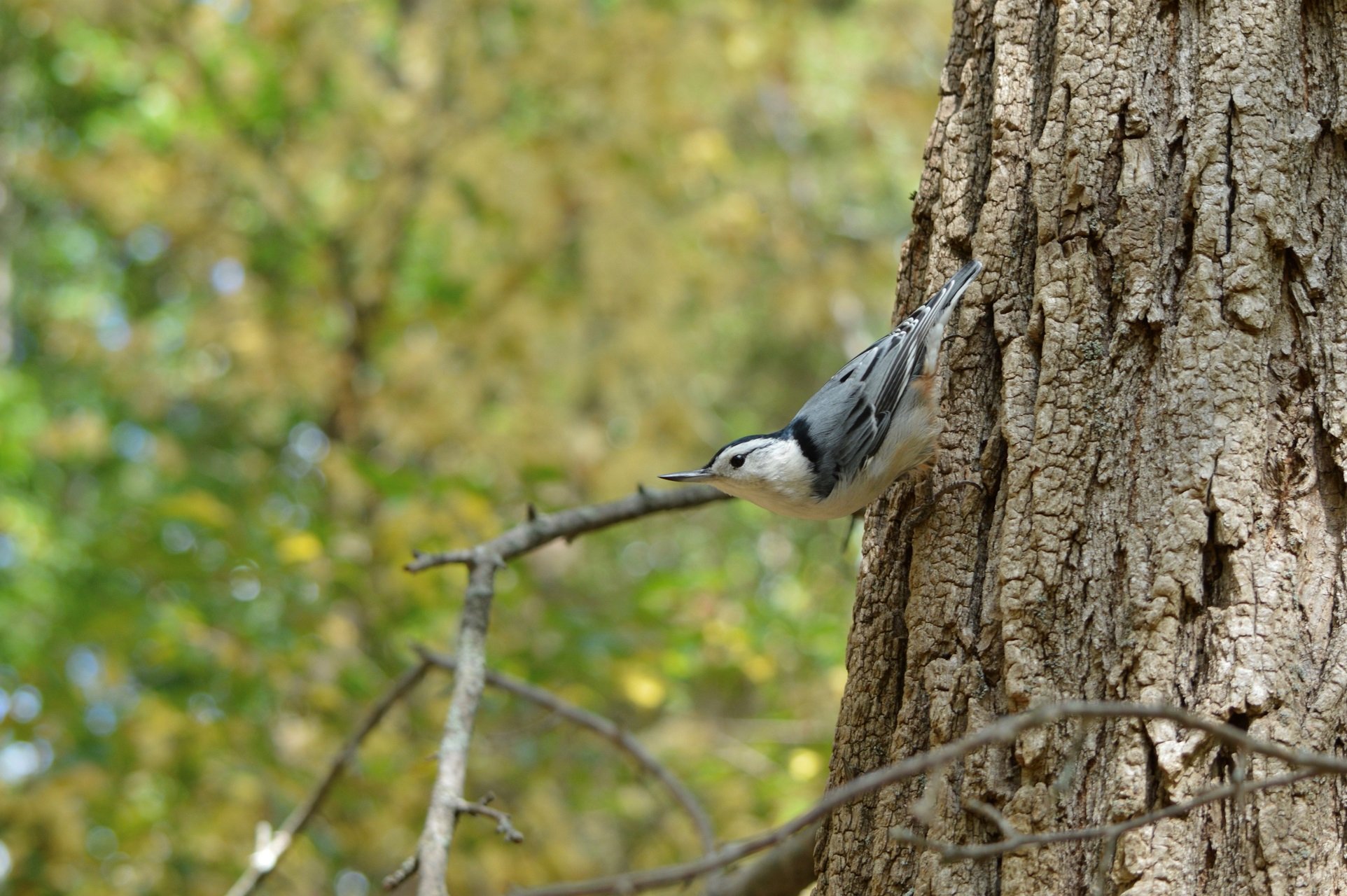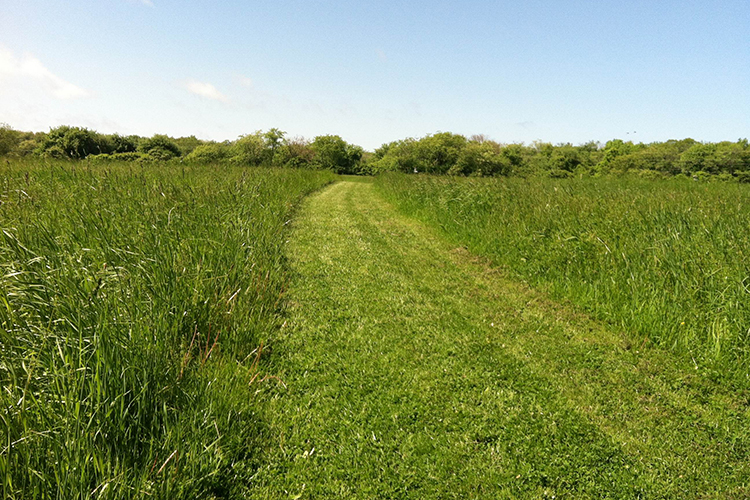Publications & Resources
Dive in to Mass Audubon's publications, reports, videos, fact sheets, and more.
Reports
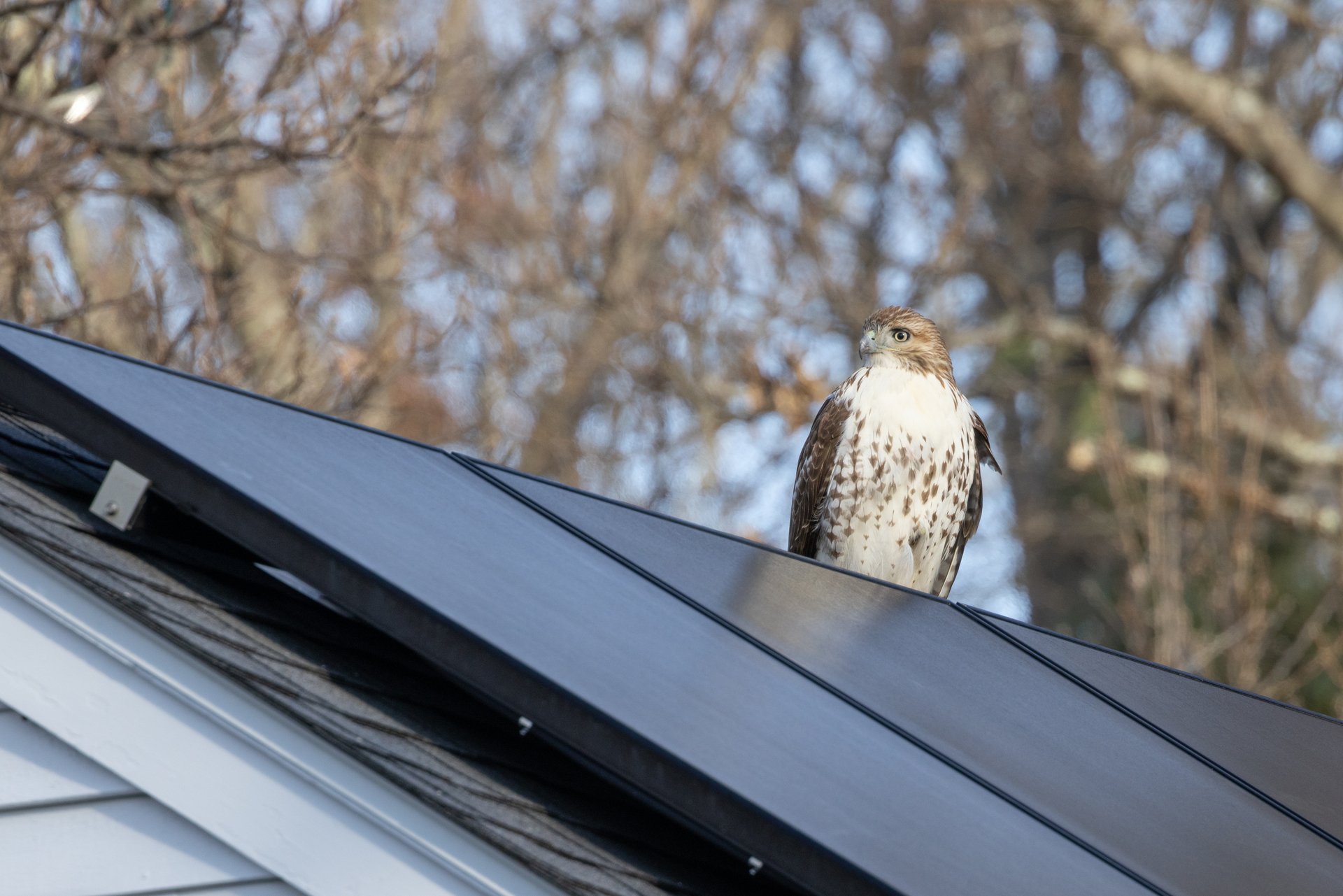
Growing Solar, Protecting Nature
Mass Audubon teamed up with Harvard Forest to complete a comprehensive analysis of Massachusetts’ options for future solar development.

A Pathway to 30x30
This report makes the case for protecting natural and working lands and outlines how the Commonwealth can reach its 30x30 and 40x50 land conservation goals.
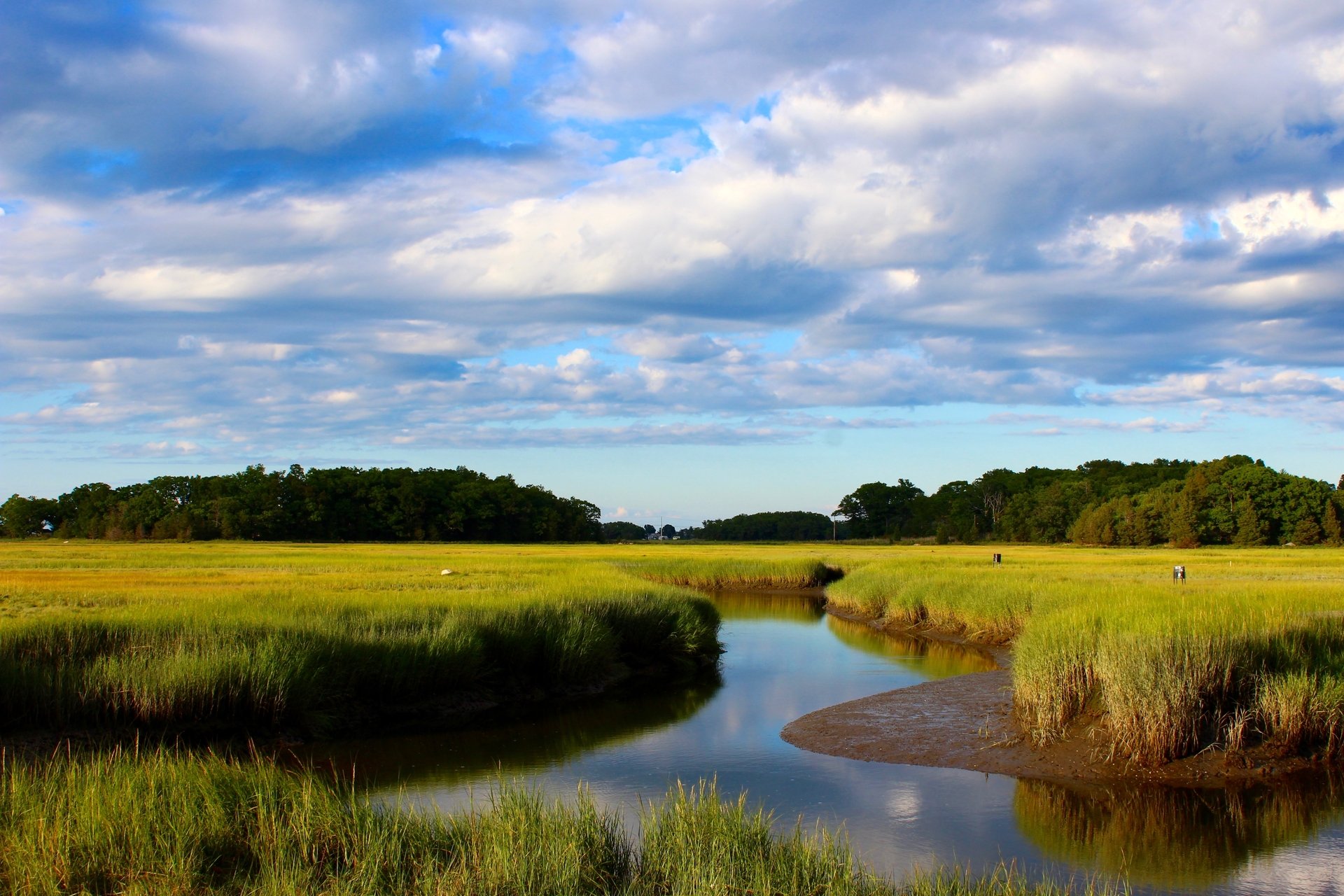
Losing Ground
A report analyzing changes to land use patterns in Massachusetts using the most up-to-date technology every five years.
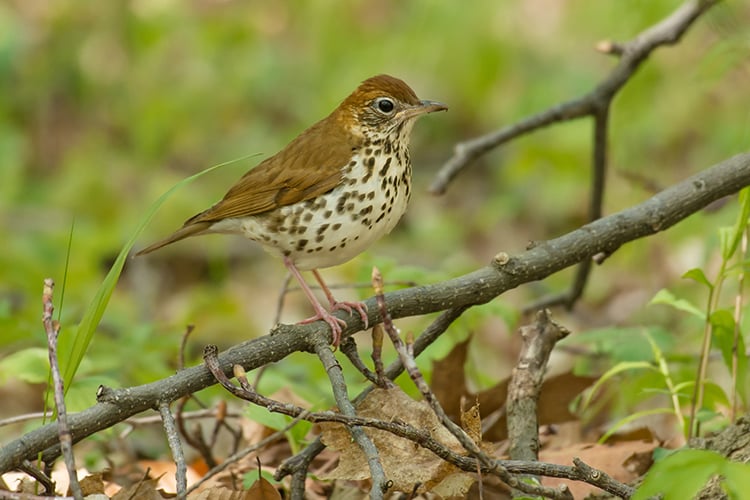
Breeding Bird Atlases
Collection of data about all of the birds that breed in a particular state or region.
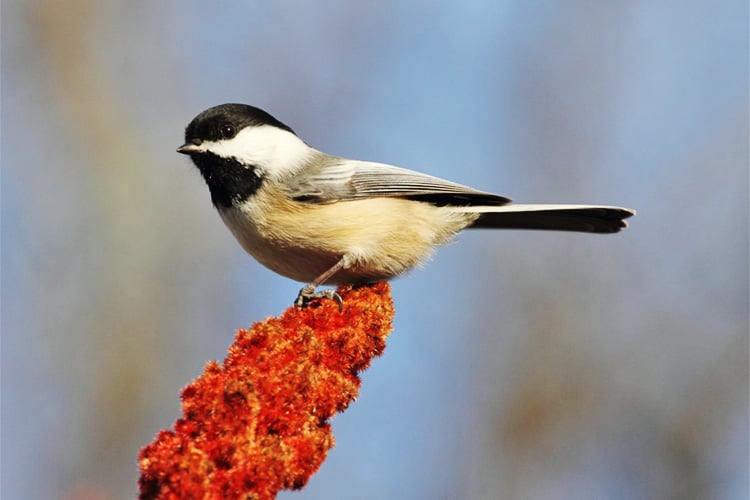
State of the Birds
Reports that analyze data as to how our bird populations had changed over time and what's projected for the future.
Videos
Mass Audubon's Action Agenda
Watch just a few ways Mass Audubon's Action Agenda is already making an impact.
How Mass Audubon Rescues Sea Turtles in Massachusetts
Find out why sea turtles get stranded on Cape Cod every winter and how we help save them.
A Campaign to Rescue Raptors
We're advocating to reduce the use of second-generation anti-coagulant rodenticides (SGARs).
Mass Audubon's Early Career Programs
Learn more about how we're preparing students and young adults to launch their careers and propel the environmental movement forward.
Nature in the City
Mass Audubon is dedicated to restoring and protecting greenspaces in cities and environmental justice communities
Publications
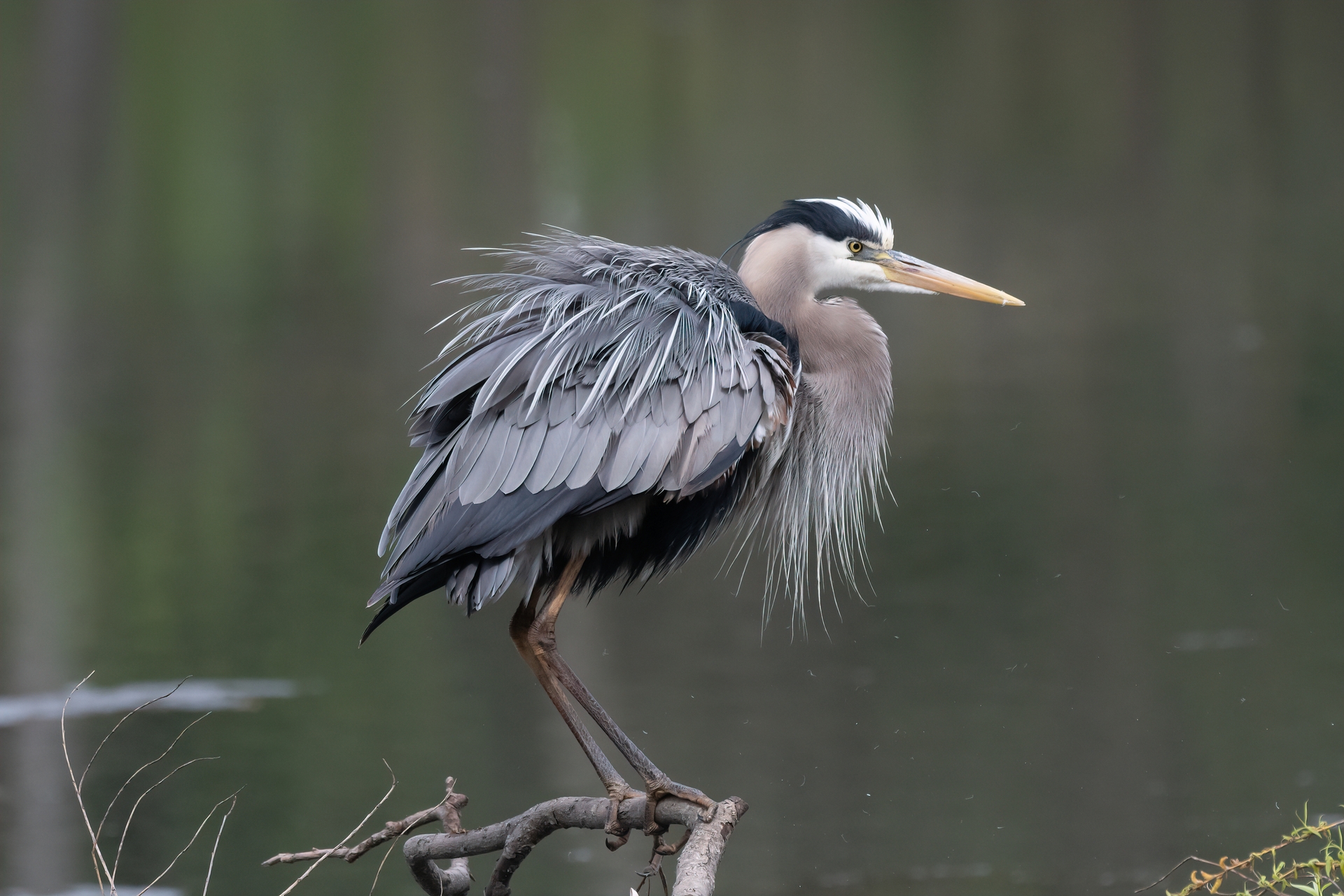
Action Agenda
An ambitious five-year plan that signals a dynamic new era for the organization.
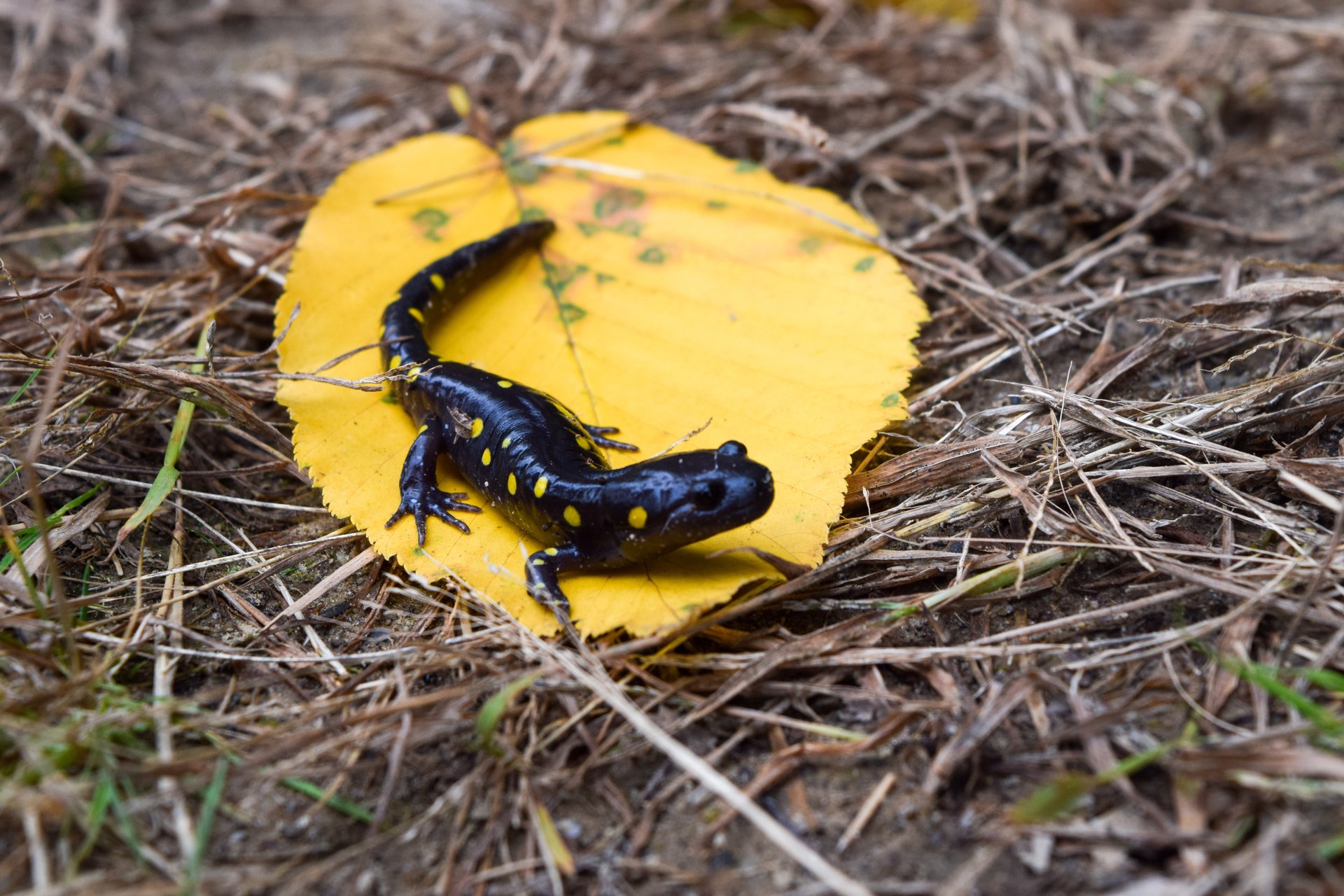
Explore
Mass Audubon's Quarterly member newsletter.

Annual Report
A look at the past year's accomplishments.

Nature Smart Workbooks
STEM-based workbooks for children packed with interactive learning activities with an emphasis on observational skills and the investigation method.
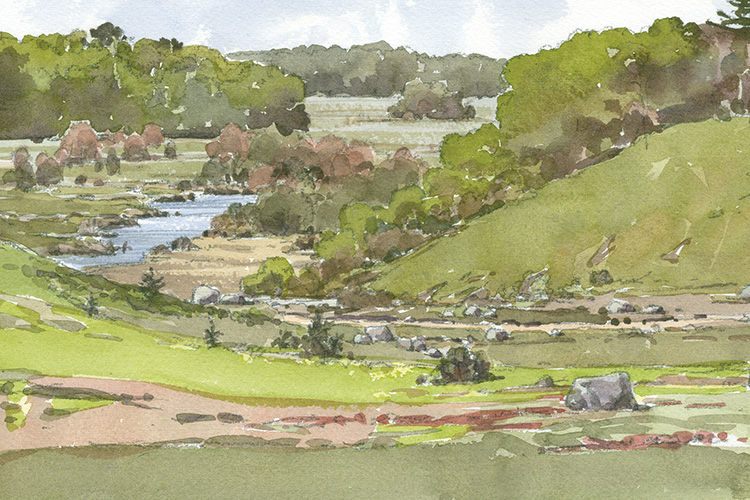
Finding Sanctuary
An Artist Explores the Nature of Mass Audubon.
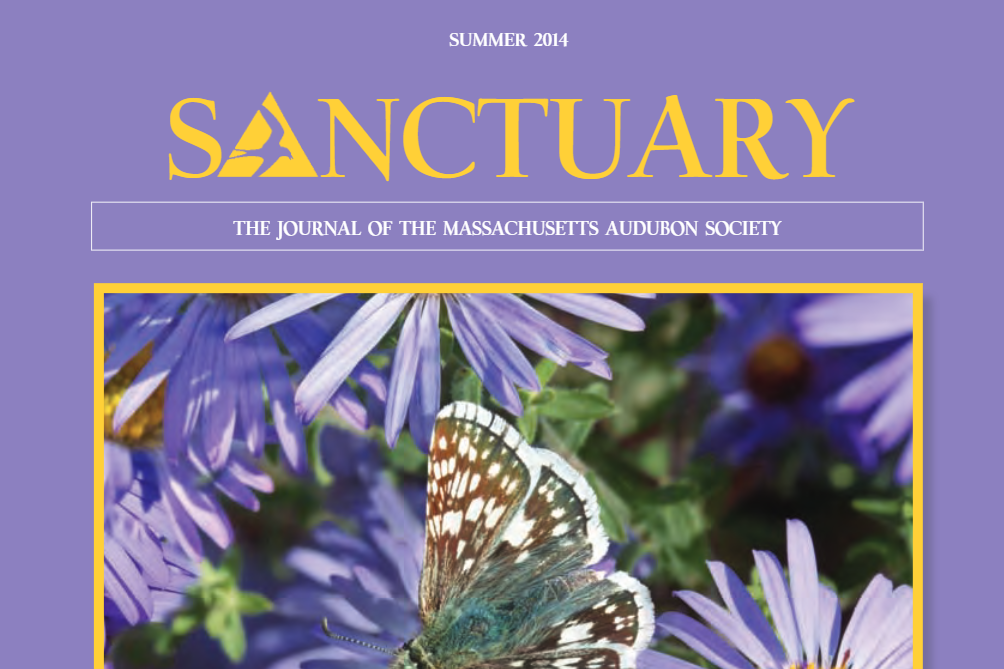
Sanctuary magazine
A journal about natural history and the environment. The 200th—and final—issue was published in 2014.
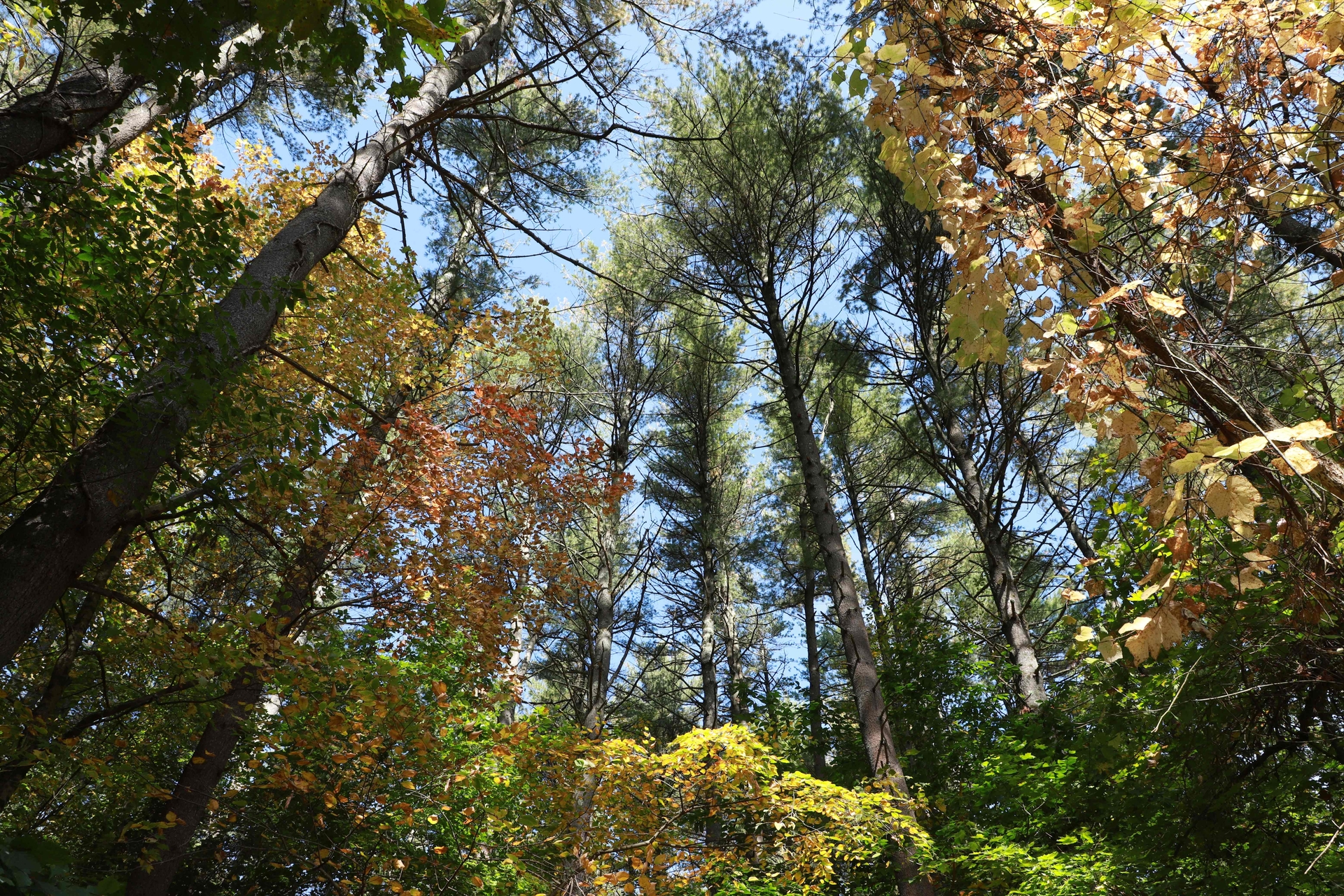
Conservation Restriction Stewardship Manual
This helpful manual provides guidance for state-based land trusts and public agencies on managing conservation restrictions.
Values of Nature Fact Sheets
Stay Connected
Don't miss a beat on all the ways you can get outdoors, celebrate nature, and get involved.



